Subject Advice Guide
German
Overview
Studying German offers the chance to become immersed in the literature, language, philosophy, and history of German speaking countries. The study of literature provides an enriching and challenging experience and constitutes a large part of the course, but you also learn the language to a high level through weekly classes and the year abroad. Throughout the 4-year degree, you'll gain a deep and nuanced understanding of German culture, beliefs, and attitudes over time. You'll thrive on this course if you enjoy thinking critically about the books you read or films you watch.
Choosing Your Course
You can study Modern Languages at Oxford in three ways:
Focus on one language
Study 2 languages (both post A-level or one from scratch)
A joint degree combining one language with a different subject (e.g.,Middle Eastern Languages, Classics, English, History, Linguistics, or Philosophy)
The flexibility of the degree means you have the freedom to choose from a wide range of topics, so you'll get the opportunity to delve deeper into what you're passionate about.
Career Prospects
Teaching and translation aren't the only career paths open to you! Employers value the skills gained from a modern languages course, including dexterity as a multilingual communicator, transferable skills (such as the ability to analyse and synthesize large amounts of information quickly), and qualities developed from the year abroad experience.
Popular career options following a languages degree include journalism, advertising and marketing, international business, law, the civil service, and many more.
What to Expect
Year 1: You will be introduced to different periods and genres of literary writing, including prose and poetry, through tutorials (2 or 3 people), seminars, and lectures.
Year 2: More in-depth study into your chosen areas through tutorials, seminars, and lectures.
Year 3 [Year Abroad]: The year abroad is an opportunity to gain new experiences while growing in confidence socially and linguistically. You can choose to study at a university, teach as a languages assistant, or work in a company and more!
Final year: Continuation from 2nd year, with additional language and grammar classes to prepare for the oral exam.
Course Structure
Year 1: Consists of literature, translation, grammar, and language courses. People studying German sole take additional courses in German film, Medieval German, and philosophy.
Year 2: Choose what periods, authors and topics you wish to focus on for finals, with options varying from the earliest medieval vernacular texts to modern linguistics.
Year 3 [Year Abroad]: Spend a minimum of 24 weeks in a German speaking country of your choice (Germany, Austria, or Switzerland).
Final year: Continuation of options chosen in 2nd year, with written exams and an oral exam at the end of the year.
Recommended Reading
Books
For a taste of literature:
E.T.A. Hoffmann, Der Sandmann (1816)
Thomas Mann, Der Tod in Venedig (1912)
Franz Kafka, Die Verwandlung (1915)
Friedrich Dürrenmatt, Die Physiker (1962)
Poetry
Have a look at poems from Deutsche Lyrik, edited by Hanspeter Brode
Medieval German
Hartmann von Aue, Gregorius
(Choose the reclam edition that has Middle High German text with a facing page translation in modern German)
Podcasts
Deutsche Welle - Wieso Nicht - The podcasts portray colourful scenes of everyday life in Austria and Germany. PDF files with full transcriptions of each episode are available.
LingQ - Immersion podcasts with a native German host speaking in a conversational tone that’s great for jumping right into real-life German.
German Tagesschau www.tagesschau.de - Familiarise yourself with German news by watching daily broadcasts online.
Films
Das Leben der Anderen (2006)
Goodbye, Lenin (2003)
Sonnenallee (1999)
Die Drei von der Tankstelle (1930)
Nosferatu (1922)
For an introduction on how to analyse films see David Bordwell and Kristin Thompson, Film Art: An Introduction
